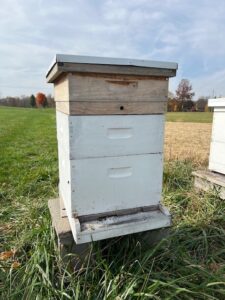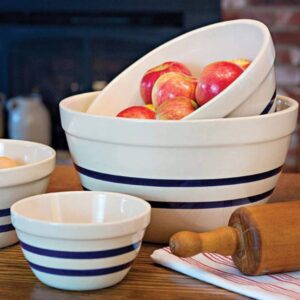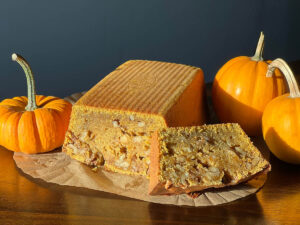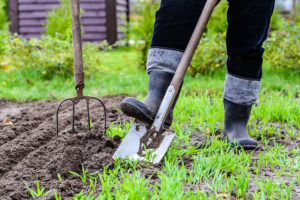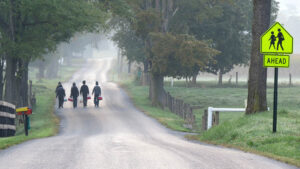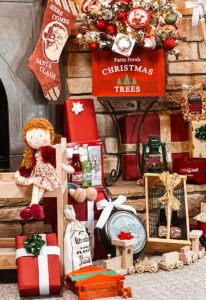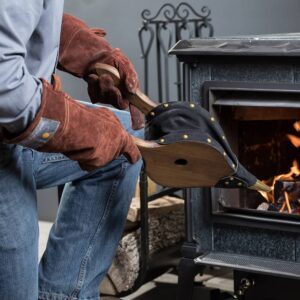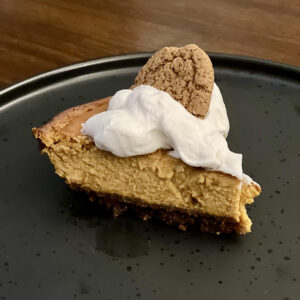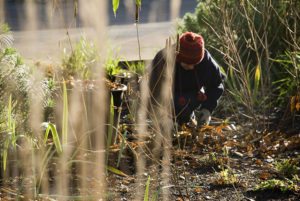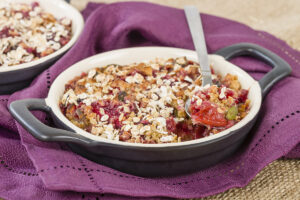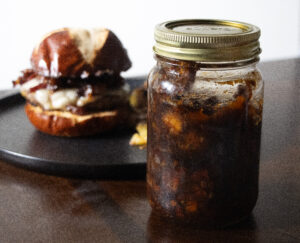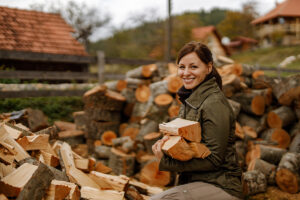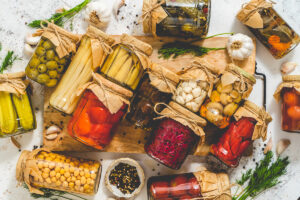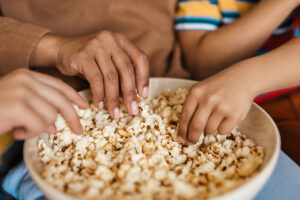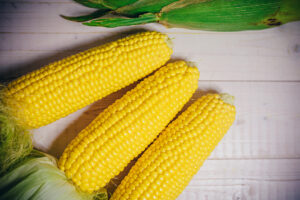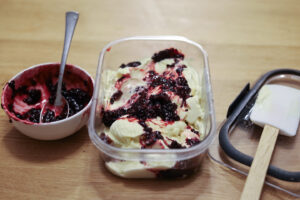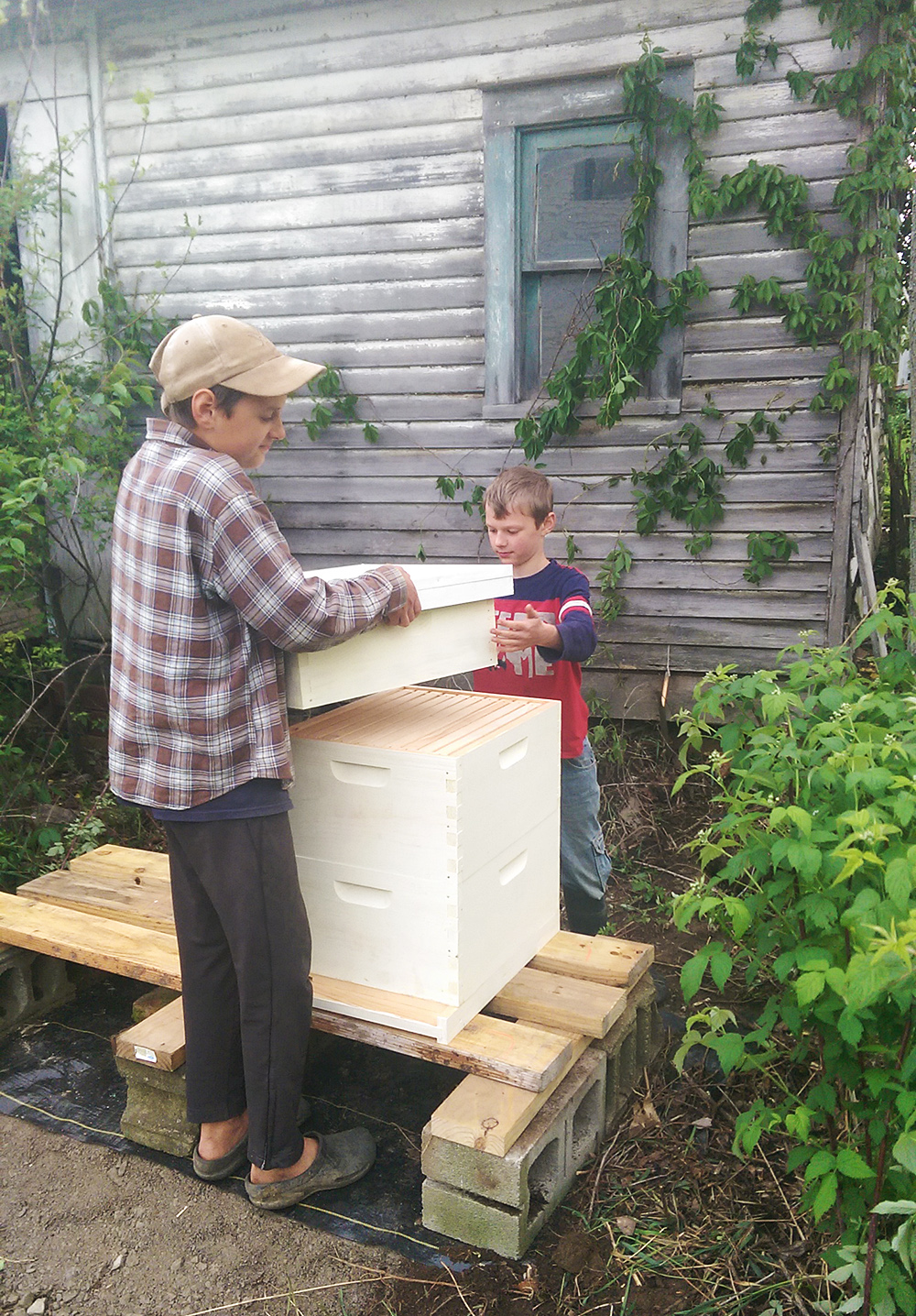
Excitement is buzzing at our farm near Kidron, Ohio, as we anticipate adding bees to our menagerie of livestock.
Our boys, ages 8 and 12, pooled their Christmas money from aunts and grandparents and instead of buying electronic gadgets, they purchased a beehive. If all goes well, they anticipate giving gifts of honey to their aunts and grandparents next Christmas.
Like any farm livestock, they had to learn about what housing they require, what to feed them, equipment for taking care of them, diseases to watch for and how to deal with males and females. So this winter the boys prepared for their new adventure by learning all sorts of bee biology through reading numerous books and attending local bee workshops.
They also got to watch our Amish neighbor work with his bees. He taught the sold-out Beekeeping class at Lehman’s this past March and is glad to help new beekeepers get started. A “bee mentor” is a good thing and I’m glad he will be available to answer questions, plus let us use his honey extracting equipment when the time comes.
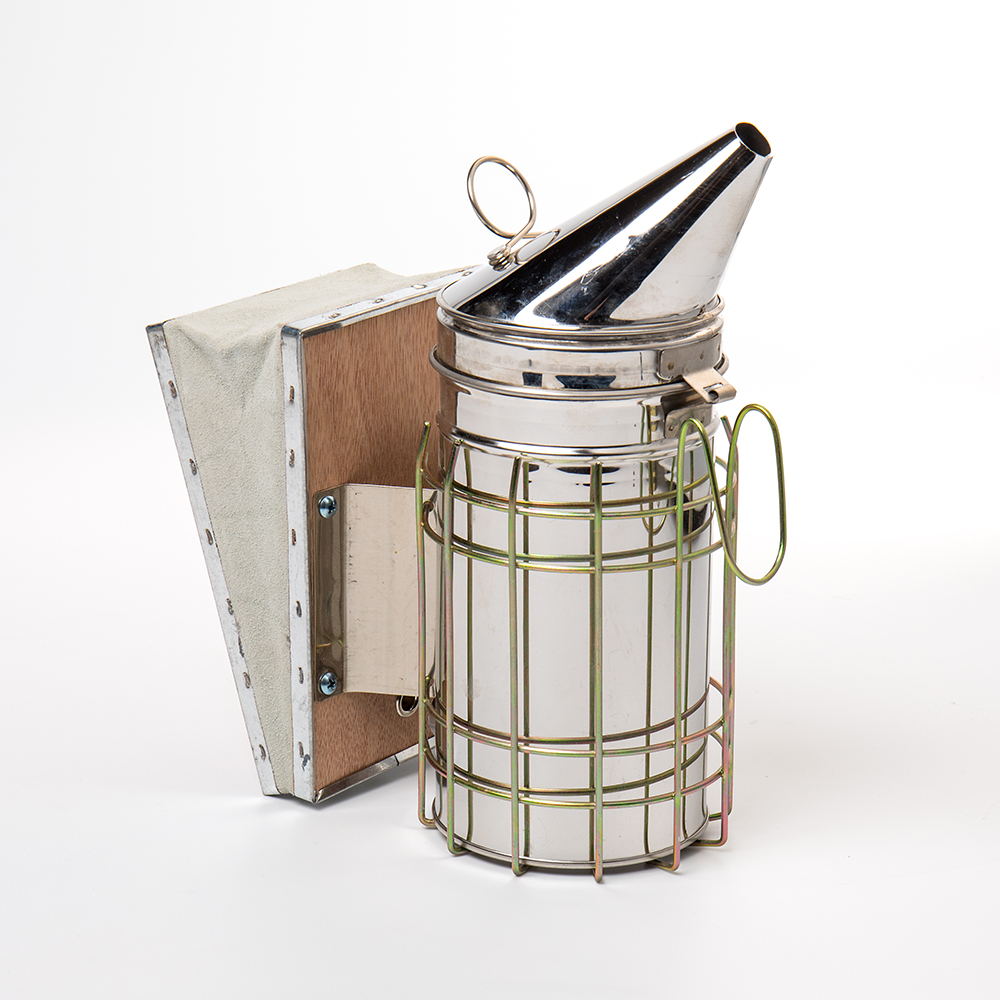
The boys painted and assembled the beehive parts and found an east facing location on the farm to place them (ironically, next to the old house where their great-great grandfather lived and kept bees on our farm long ago.) We cleared some brambles and leveled the ground before placing the hive on cement blocks for good air circulation. Additional equipment like veils and gloves are ready and they are reminding me that we will make another trip down the road to Lehman’s to get a hive tool and smoker since the bees arrive in just a few days.
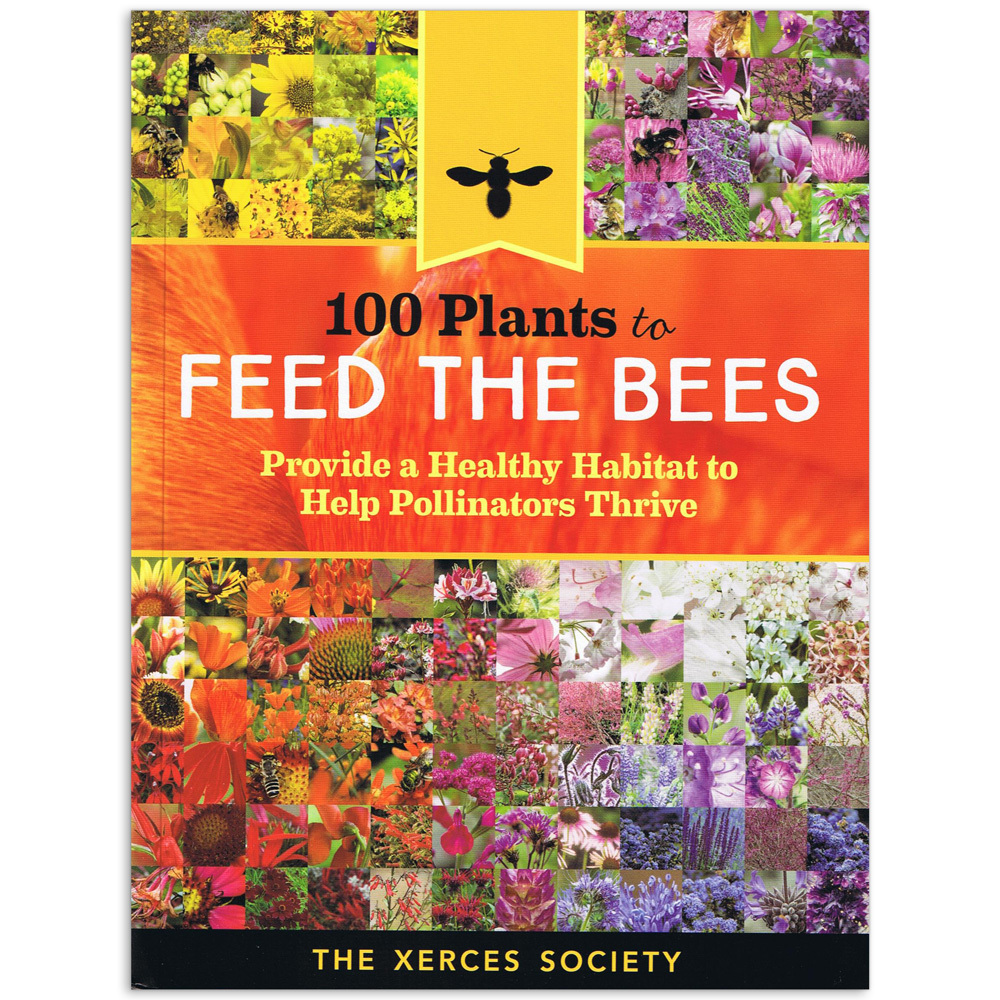
We are hoping that our farm will provide plenty of good things for the bees to eat with our apple, peach and cherry trees and plenty of wild fence row areas. In the garden, there are veggies, flowers and herbs to add to their diet. To diversify the bee menu even more, we have been reading “100 Plants to Feed the Bees” and my 8-year-old is creating a bee garden. So far he planted anise hyssop (we read that an acre of this plant was said to provide food for 100 hives!), sedum, spice bush and blanket flower with plans for many more nectar and pollen producing plants.
The beautiful thing is that by providing food for the bees, they reward us with the valuable service of pollinating our crops, not to mention the wonderful gift of honey at the end of the season. We will keep you posted on the boys’ beekeeping adventure.

